A sparkling, debris-free pool is every pool owner’s dream. Properly functioning pool cleaning equipment is the key to getting and keeping this level of cleanliness. A tidy backyard pool or sizeable commercial pool is efficient in cleaning if you own a sturdy and perfect pool cleaning tool, which is essential to maintain hygiene, avoid costly damage, and improve swimmers’ experience. Nevertheless, the best pool cleaners can have their problems over time.
This comprehensive guide dives into shared pool cleaner parts issues and offers practical solutions to help you restore performance. From suction pool cleaners to pressure pool cleaners and robotic systems, understanding the root of the problem is the first step toward resolution.
Understanding Different Types of Pool Cleaners
Knowing the types of pool cleaners helps identify and address issues effectively. Each cleaner has unique components, operational mechanisms, and maintenance needs.
Manual pool cleaners: These require human effort to operate. Often included in a pool cleaning kit, they are ideal for small pools or targeted cleaning. Issues here often involve physical damage or worn brushes.
Suction pool cleaners: These connect to the pool’s suction line and rely on the pool pump’s suction to move. Common issues include clogged impeller pool pumps and leaking hoses.
Pressure pool cleaners: These attach to the return jet and utilize water pressure to operate. They are great for removing larger debris, debris but can face problems like damaged wheels or faulty pressure regulators.
Robotic pool cleaners: Self-contained and energy-efficient, robotic models operate independently. They can face issues related to their power supply, software, or motor faults.
Signs Your Pool Cleaner Parts Need Maintenance
A well-functioning pool cleaner is essential for keeping a swimming pool sparkling clean. However, like all equipment, pool cleaners can show signs of wear or malfunction. Spotting these early signs helps avoid bigger issues and ensures the system operates at peak performance.
Sign | Possible Cause |
The unit moves erratically or stops |
|
Debris is left behind despite regular cleaning |
|
Unusual noises come from the cleaner |
|
Visible wear on brushes, wheels, or hoses |
|
Decreased water circulation |
|
Water cloudiness despite the use of pool care products |
|
Common Pool Cleaner Parts Problems and How to Fix Them
Efficient pool cleaners are required to maintain a clean pool, but these devices can have problems. Knowing the common issues will help in their diagnosis and quick remedies so that your pool remains as it normally should. But below are some of the common problems affecting suction pool cleaners, their cause, and the best ways to have a problem-free suction pool cleaner.
Suction issues: weak or no suction
A common problem with suction pool cleaners is weak or no suction. Some causes of this problem are:
The pool filter is clogged, or there is a blockage from the pool filter cleaning tool.
Dirty or clogged pool filter.
Air leaks in hose connections.
Fix:
Look for any visible blockages in the hose and connections.
Replace worn hoses if necessary.
Remove debris and make sure that the suction line is free of leaks by cleaning or backwashing the pool filter.
Damaged or leaky hoses
Reduced cleaning efficiency in your suction pool cleaners can be caused by cracked or leaking hoses, which can disrupt pressure.
Fix:
Peruse all hoses and look for evident wear, bringing cracks or leaks into one place.
Replace any damaged sections of the hose with a new hose.
Waterproof tape can be used as a temporary fix until replacement hoses can be installed.
Clogged or faulty impellers
Complete cleaning failure can occur if the impeller pool pump is clogged. Debris that blocks the impeller may cause this problem.
Fix:
Before starting any work, turn off the system completely.
Open the pump housing and then learn how to remove the pool pump impeller safely by disconnecting the power and unscrewing the housing bolts.
A small tool can be used to gently pull out any debris. If you notice any apparent damage on the impeller, it may be better to replace it.
Worn wheels or treads
You may also find that worn wheels are particularly common on pressure pool cleaners and robotic units; they impede your mobility and effectiveness.
Fix:
Wheels and tracks should be checked for cracks or flat spots.
Use parts recommended by the manufacturer to replace them so they are compatible.
Power supply or motor problems
Causes for robotic motor burnout or electrical issues can bring models of robotic movement to a stop.
Fix:
Plug in the cleaner and reset the system.
Try another appliance to test the power supply.
If problems persist, call in a technician for help in pool pump motor repair or replacement.
Flapper or diaphragm wear
A worn-out diaphragm can affect suction and movement in suction pool cleaners.
Fix:
Take apart the cleaner and find the diaphragm or flapper.
Check for tears or other significant wear.
Typically, replacement diaphragms are included in a standard pool cleaning kit.
Pool Safety Products: The Ultimate Guide on Prices, Uses, and How to Choose the Best One
DIY Pool Cleaner Parts Repairs vs. Hiring a Professional
When it comes to repairing your pool and dealing with pool cleaner parts, you have two main options: DIY fixes or hiring a professional repair service. Each approach has its advantages and disadvantages.
Aspect | DIY Repair | Professional Repair |
Cost |
|
|
Response Time |
|
|
Accuracy |
|
|
Safety |
|
|
Longevity of repair |
|
|
Warranty |
|
|
Tips to Prevent Future Pool Cleaner Parts Problems
Here are some tips to prevent future pool cleaner problems:
Regular inspections: Inspect hoses, brushes, and connections for damage, making sure all pool cleaner parts are working properly. Wear is detectable early on, saving you a lot from large issues.
Leak management: If you see any small leaks in the system, you can use a swimming pool leak sealer to keep water from leaking out and to keep the system efficient.
Filter maintenance: A clogged pool filter can be prevented by cleaning filters weekly. The best way to ensure your pool is performing at its best and that your pool cleaning equipment lasts as long as possible is to make sure your filter is clean.
Proper storage: When the swimming season is over, store all pool cleaning equipment properly to avoid damage from environmental factors.
Quality products: You should always use compatible and high-quality pool care products. Chemical reactions from subpar products can also damage your pool cleaner and other equipment.
Filter cleaning: To keep filters running at peak efficiency and to prevent a clogged pool filter, backwash or use a pool filter cleaning tool at least once a month.
Seasonal tune-ups: Robotic or pressure models should be scheduled for seasonal tune-ups. This guarantees that all pool cleaner parts are operating correctly and can assist in determining possible issues before they become major issues.
How Long Does Pool Equipment Last? A Complete Guide
An effective pool maintenance requires a reliable cleaner. Knowing the different kinds of pool cleaners as well as tackling such problems as clogged impeller pool pumps, leaky hoses, or worn wheels allows them to save time and money. Simple filter cleaning to full pool pump motor repairs, regular proper care, and quick action will extend the life of your pool cleaning equipment.
A swimming pool leak sealer will help you use the right pool care products, maintain your pool cleaning kit, and treat minor problems early. With routine maintenance and smart troubleshooting, your cleaner will keep your pool pristine all season long.
FAQs
Why is my pool cleaner not working properly?
A pool cleaner may not work properly due to clogged hoses, worn pool cleaner parts, or low suction from the pump.
What is the life expectancy of a pool cleaner?
The average pool cleaner life expectancy is 3 to 5 years, depending on usage and regular maintenance.
How long does a pool cleaner diaphragm last?
A pool cleaner diaphragm typically lasts 1 to 2 years before needing replacement.
What causes the pool cleaner to not move?
A pool cleaner may not move due to a damaged diaphragm, blocked wheels, or low pump pressure.
How to remove pool pump impeller?
To remove a pool pump impeller, first disconnect power, open the pump housing, and unscrew the impeller using a wrench while holding the motor shaft.
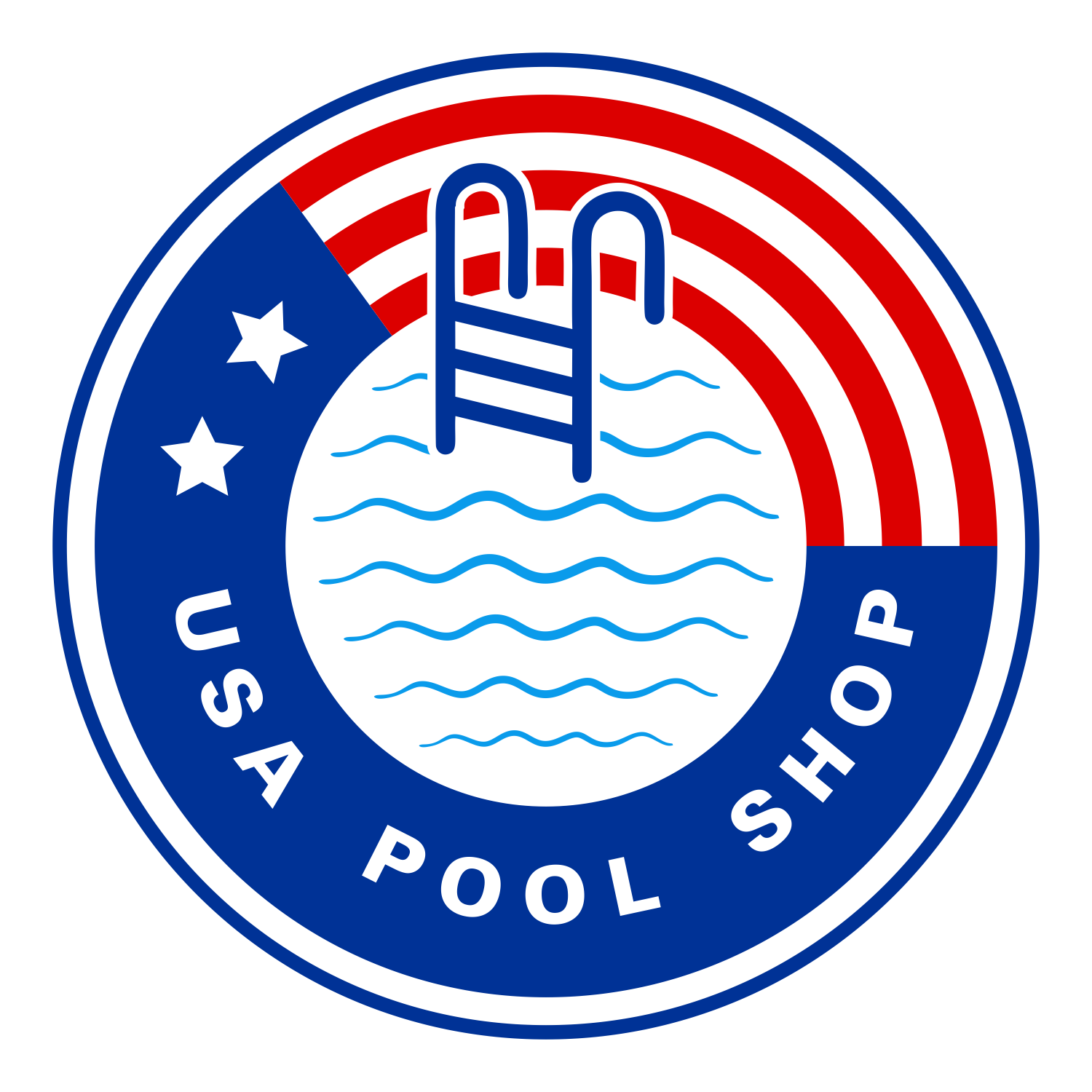
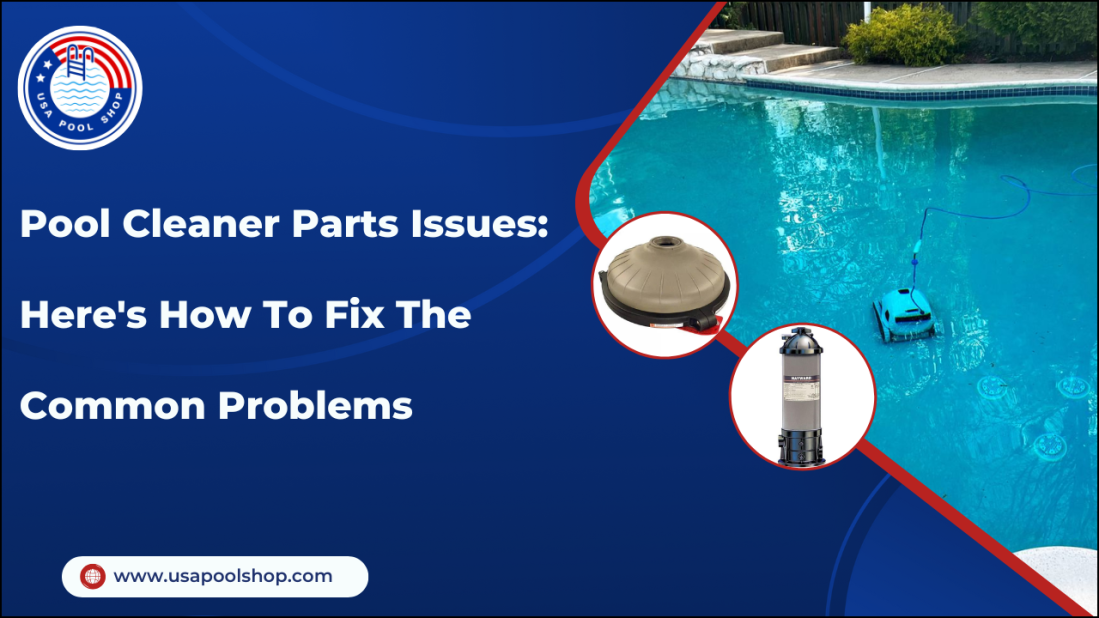

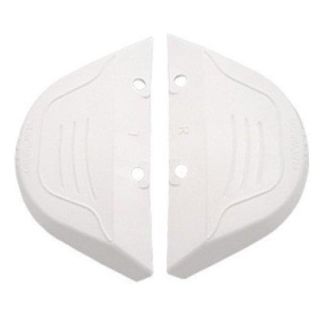
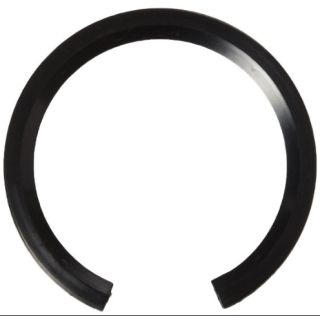
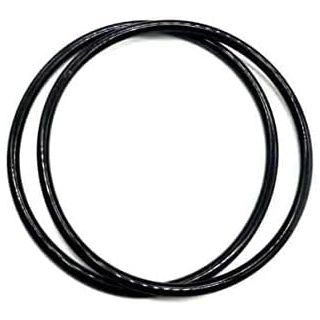
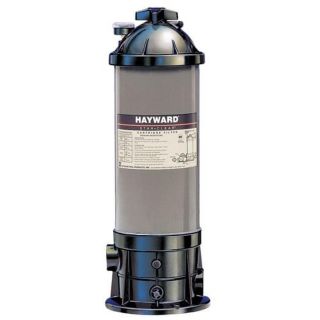

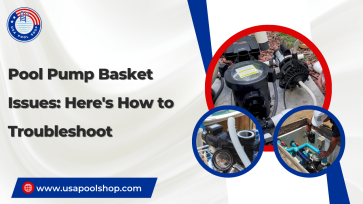
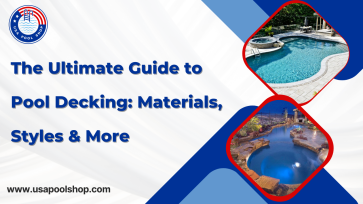
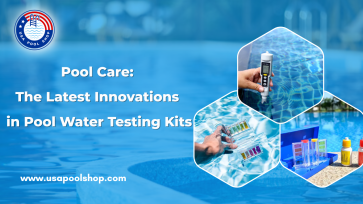
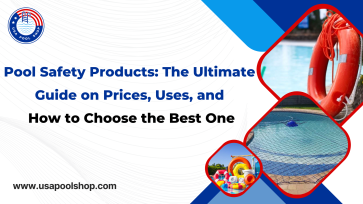
Validate your login